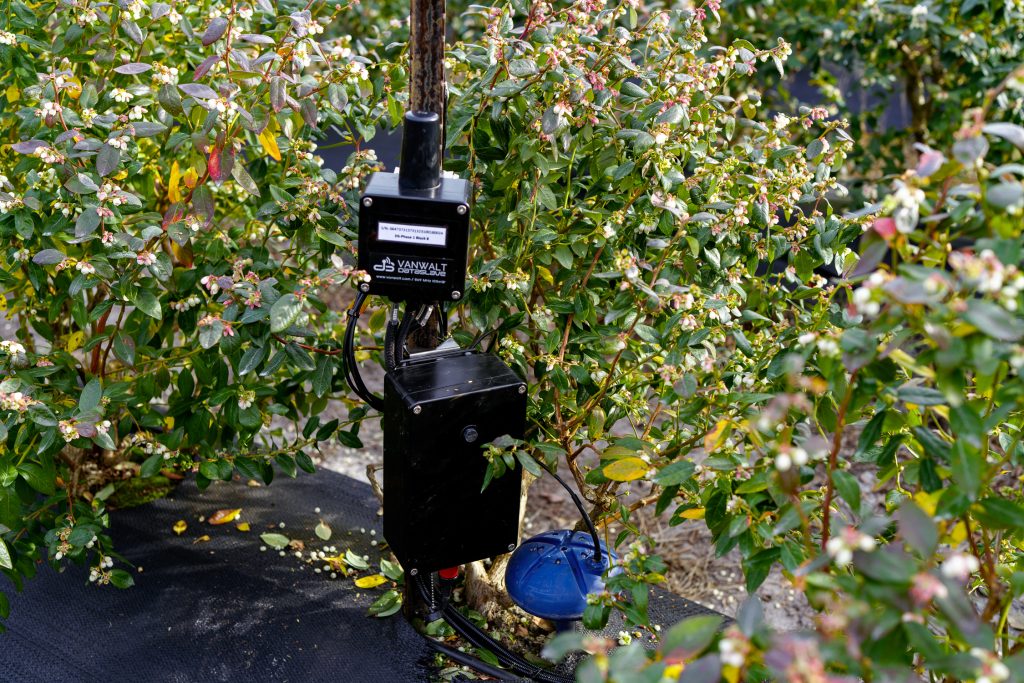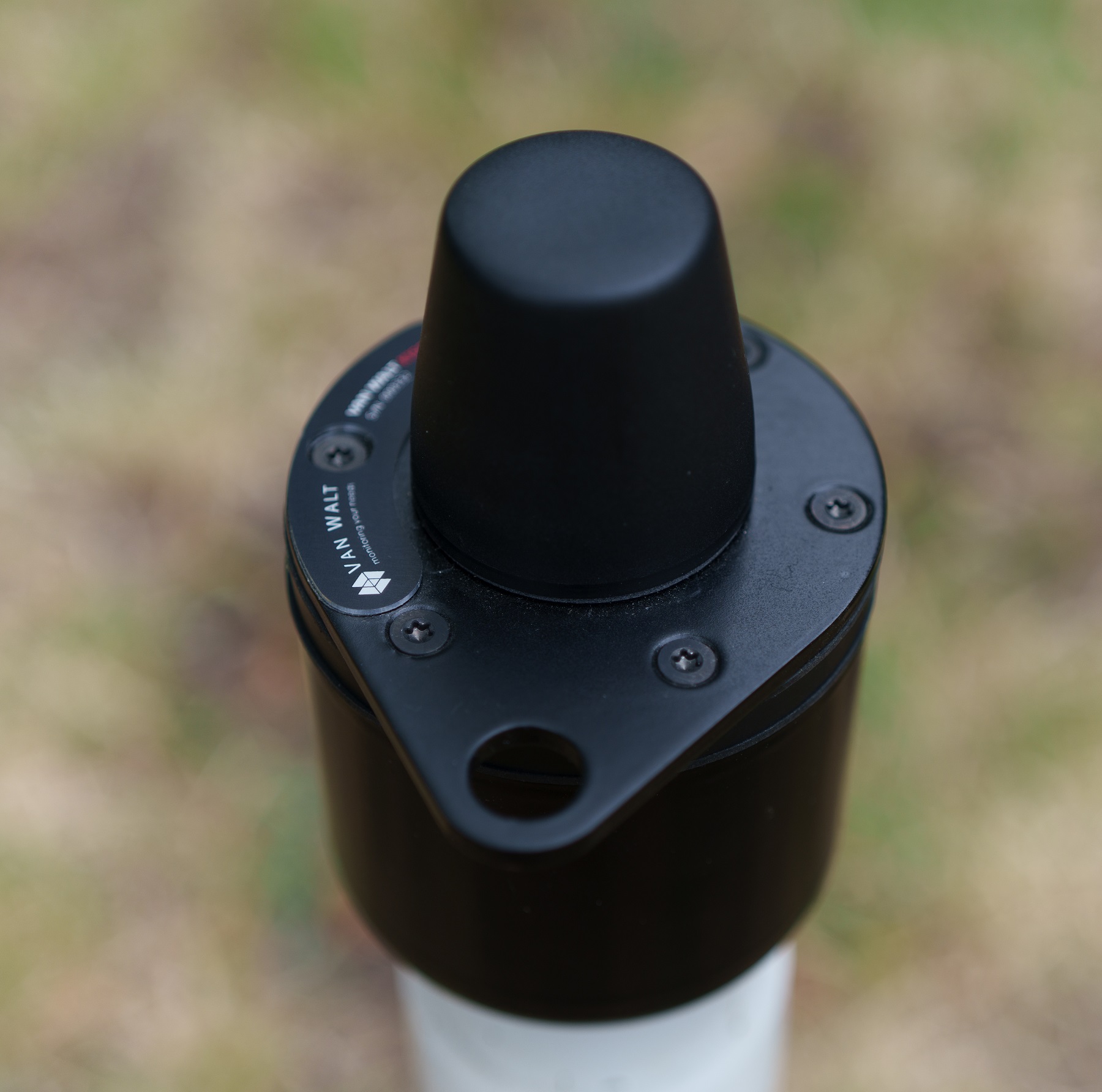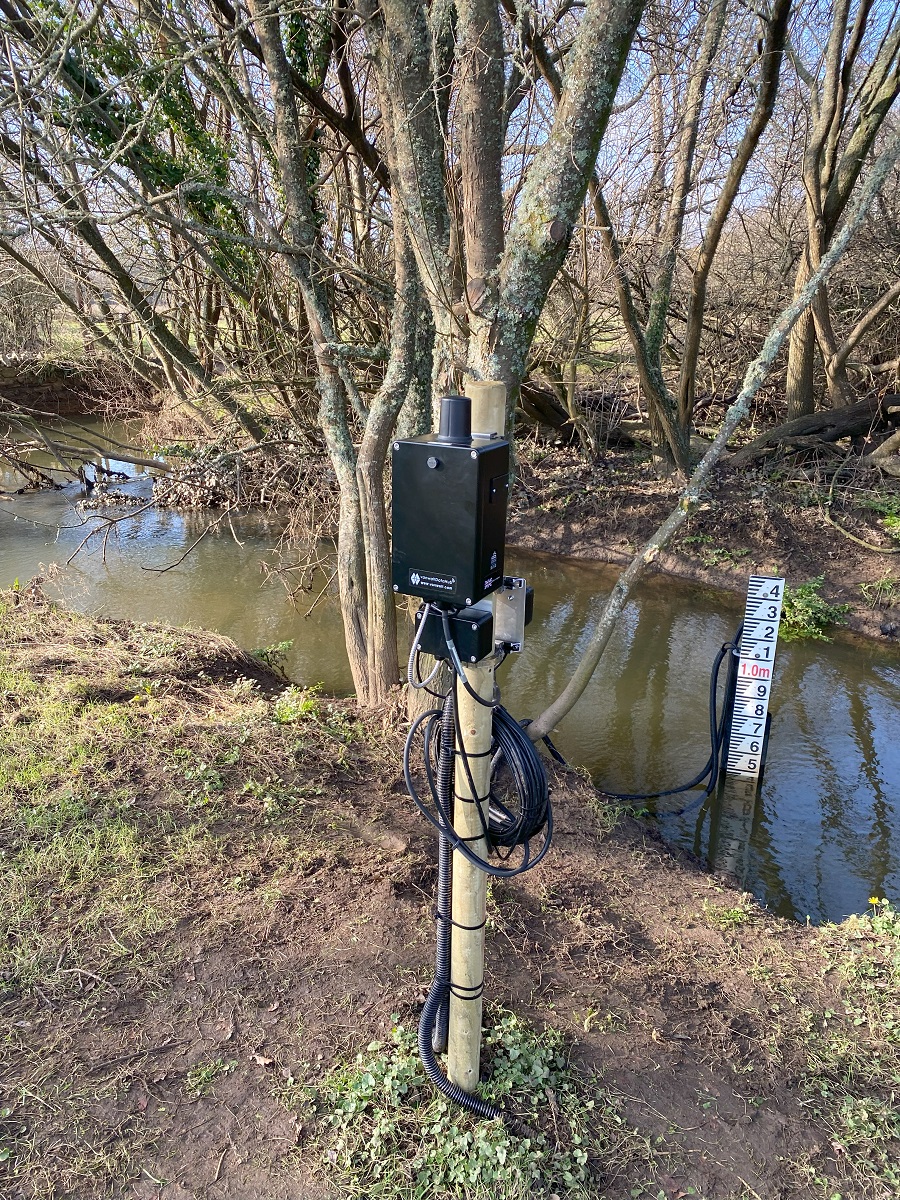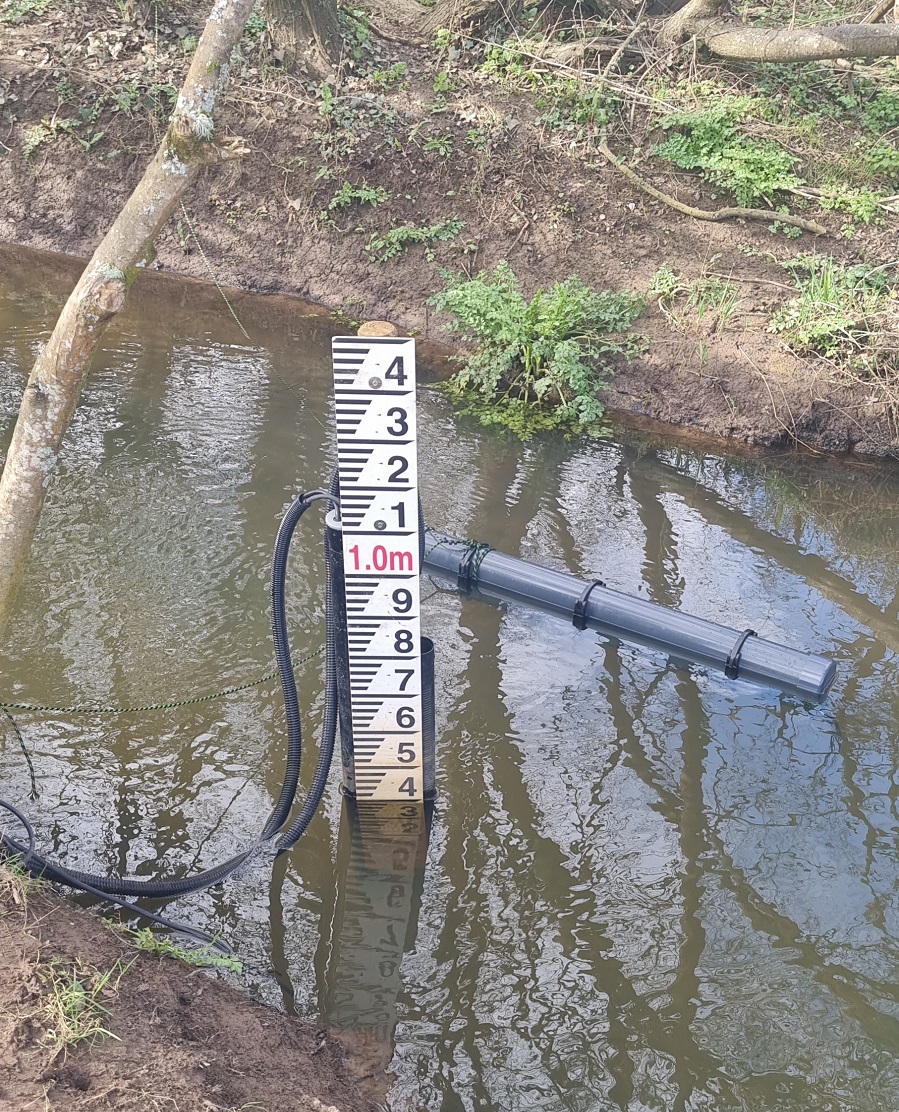

Spot measurement v. continuous environmental monitoring

August 25, 2023
Environmental monitoring has developed considerably over the years. From the time when a consultant went out monthly or quarterly with a dip tape to monitor the groundwater level in a borehole, wind forward to 2023 and now sophisticated, multi-parameter, multi-sensor, networked telemetry systems monitor groundwater levels continuously. What we are also seeing is projects that incorporate other parameters and hence we are supplying sensors to monitor soil moisture, surface water levels, river flow, precipitation and more, taking measurements with ever increasing sample frequency and delivering data directly to a desktop, tablet or mobile.

By looking at the differences between these two approaches: spot testing and continuous monitoring, we want to show the benefits, in terms of quality of data and that the cost of embracing some of these newer technologies to monitor the environment continuously, can offer a better return on your investment.
Firstly, lets look at Spot Testing. Spot testing is when periodic sampling is carried out. The period between each sampling can range from a few hours to a few days, weeks, or months. When it comes to environmental monitoring the principle behind it usually requires an individual to be on site to take a measurement. Results can be retrieved instantly, or samples collected and sent to a laboratory for analysis.
Limitations of Spot Testing
Aside from the cost of going to site, repeatability and the reliability of the results, i.e. that measurement, at that time, is representative of the situation, are key issues. The results of a spot test, whether in water or soil, will always depend on the time in which the sample is collected. For example, samples collected from tidal rivers will be very different as the water level and quality will be considerably impacted by the tidal cycle in any 24-hour period.
Spot measurements, by the very nature of the fact they are measurements that are only taken periodically, make it difficult to see trends, as they only show the situation, at the time of the measurement. When data is collected just a handful of times each year, it’s difficult to gain a reliable understanding of trends as there is only a very small number of data points to extrapolate information from.
As data isn’t collected or analysed on a day-to-day basis, it’s much harder to catch problems, particularly when the data shows only limited changes – everything looks normal or within the parameters of what is acceptable. So, a spot test would only show a problem if you happened to do a test – when there was a problem!
The data shown below illustrates this point well.

Slide courtesy Hydrometrics, New Zealand
There was a time when loggers were at a price-point which made the equation of manual vs continual monitoring more biased toward manual in-the-field measurements. Now, at a time of accelerated technological innovation, that is simply not the case anymore and loggers, even for complex parameters, are available at an attractive cost. Technology has become cheaper and manual measurements have become more expensive.
We are realising that data obtained from spot measurements are simply less useful than alternative approaches – and reliance on spot testing can be less cost-effective in the long term.
Continuous Monitoring
Continuous monitoring is seen as the modern approach but is often only specified or required for high risk, high value monitoring projects where a continuous feed of data is only required if there is a risk to life or property. Data acquired from a continuous monitoring system offers much greater visibility which can lead to accelerated and more targeted responses which could offer substantial savings in the long term.
In continuous monitoring situations, an organisation uses installed equipment to collect data on an ongoing basis and gain real-time visibility into the current state of a site. Unlike spot measurements which are only conducted a handful of times each year, continuous monitoring happens consistently in the background, allowing you to track the data and find anomalies or optimisation opportunities. Continuous monitoring will deliver accurate and actionable data in real-time and so is a more comprehensive representation of your site conditions.
The advantages of continuous monitoring, particularly as equipment and networks have become more affordable and accessible, means more and more consultants are choosing this method as it presents numerous advantages over the spot-checking methodology.
Continuous monitoring delivers:
- accurate and actionable data in real-time so giving you the opportunity to respond to changes as they occur.
- a more comprehensive representation of your site whether due to multiple locations, multiple types of sensors or the collection of data throughout different periods and times of day, to provide a significantly more accurate representation of the real site conditions.
- the ability to see long-term trends because data is collected on an ongoing basis and can be stored indefinitely. Organisations can analyse changes in environmental conditions over time and see long-term trends as well as temporary peaks in the data. These trends are almost impossible to identify with spot sampling, which produces only a handful of data points.
- Improved return on your investment by eliminating the cost of repeated testing. Working with higher quality data gives you the opportunity to act to reduce operational costs and so improve profitability.
| Continuous monitoring | Spot testing | |
| Upfront costs | Medium | Low |
| On-going costs | Low | High |
| Period measured | Long-term | Snapshot |
| Ability to see trends over time | Yes | No |
| Reliability | High | Low |
| Data Sharing | Dashboards & sharing of data | Static report |
| Actionable in real-time | Yes | No |
How to benefit from a continuous monitoring solution
There can be multiple benefits to continuous monitoring, but it is important to know what you should be monitoring. This sounds obvious but if your project is looking at the availability and quality of water for extraction perhaps just looking at water levels in aquifers is not enough. What about the availability of water held in the soil? What impact does precipitation have on the water supply? What is your water quality after extreme weather events?
Systems that are limited to single parameter monitoring might not be the best option in the longer term. A system that can incorporate multi-parameter monitoring is going to give you a much better picture of the situation over the long term on the whole environment. Do you also need to factor in alarms? Is the purpose of the continuous monitoring to give you advance warning in the event of a potential flooding situation, in which case the ability to set alarms will be important to you.
Data capabilities and data sharing might also be considerations. Does your data need to go directly to the regulator? How often are measurements taken? Where is data stored, and for how long? How easy is it to gain insights from the data using a visual dashboard, versus analysing the raw readings? Who else needs to access the data? Ensure you future proof your system to ensure the criteria that is important to you is available with the system you select, can you retrofit additional sensors? Can you add different brands of sensor?
Contact us to discuss your requirements. Van Walt has installed continuous monitoring solutions around the world, each one unique and each one reporting, regularly and consistently, valuable data on which our customers can make decisions.


You might also be interested in...
Van Walt Guidelines for sampling for PFAS in Groundwater
November 13, 2024We need to make clear, that at the time of writing, there are no ISO or EN standards which deal with the sampling of groundwater for PFAS.
Read MoreMeasuring Nitrates (NO3, NO3-N) in the field
June 20, 2023The interest in Nitrates is nothing new. One way or another we have been measuring them for half a century.
Read MoreSave time, save money, save effort, get better results – use low-flow sampling…
June 1, 2023A client recently contacted me to ask if we can repair their high flow purge pump and or sell then a new one. They were using it for (among other applications) to purge a 70m deep bore 3 times for a...
Read MoreVan Walt Environmental Equipment
A small selection of our environmental equipment